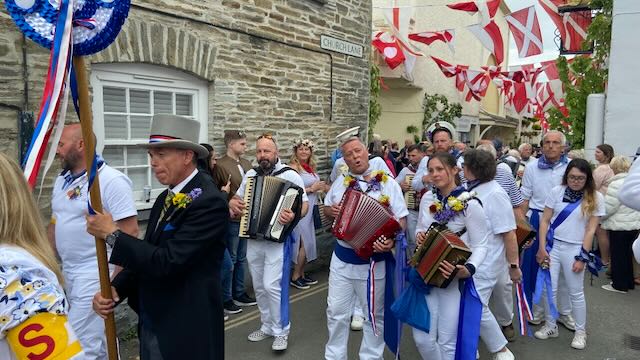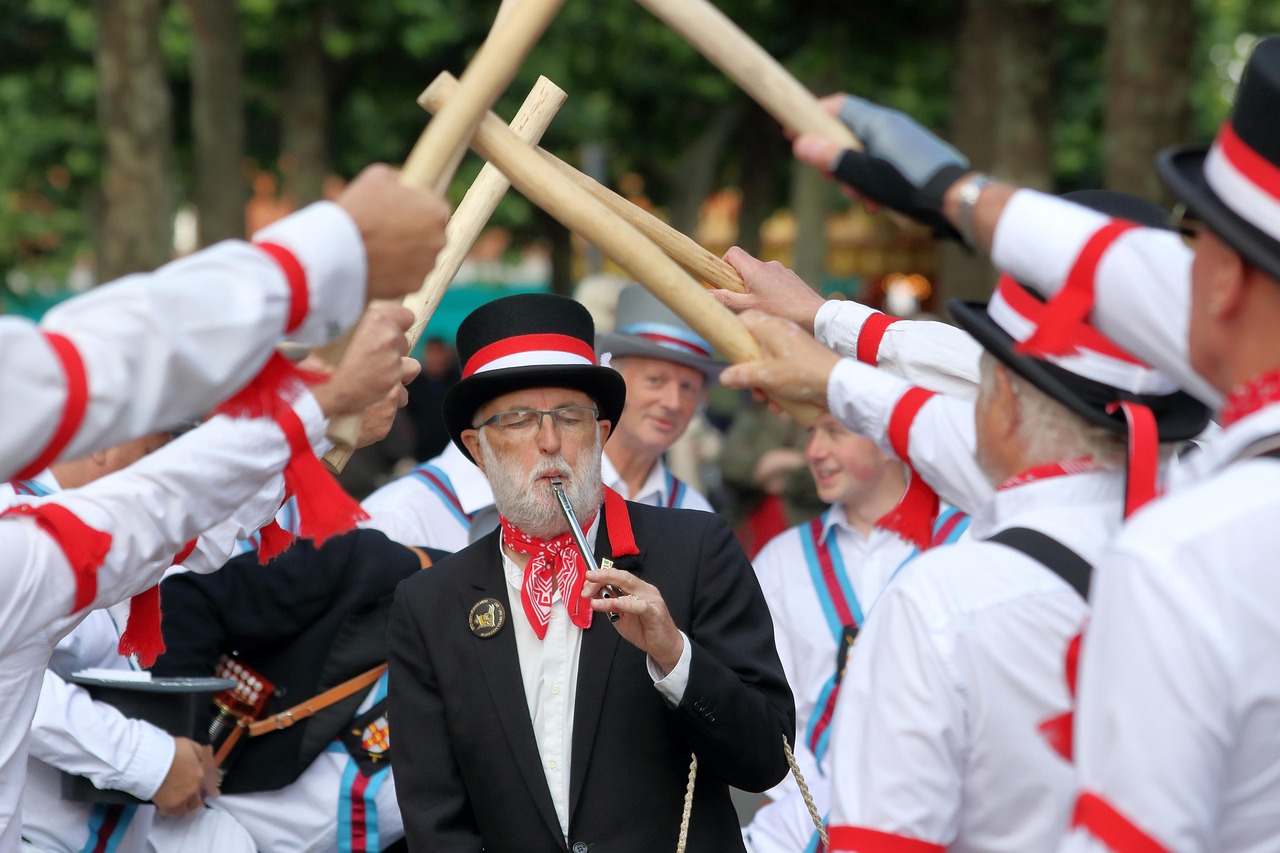Article Date: Thursday, 1 May 2025
Categories: Trafalgar Tours, Insight Vacations, Expat Explore Tours, CostSaver Tours, Luxury Gold
Tags: Britain, custom tours for small groups, private group tours UK, bespoke group travel itineraries, Private Tour for Friends and Family, Coach Tours for Private Groups
As the chill of winter melts away and the countryside blooms, England bursts into colour — not just from flowers, but from centuries-old May Day celebrations. This ancient festival, rooted in pagan spring rituals, continues to enchant villages, towns, and curious travellers each May.
Let’s take a tour of some of the most fascinating May Day customs still alive in England today.
May Day dates back to pre-Christian times, when Celts and other early Europeans celebrated Beltane, marking the return of warmth, fertility, and life to the land. As the Roman festival of Floralia and various springtime rituals merged into local culture, May Day evolved into a day of joyous revelry — often with a bit of mischief!
Perhaps the most iconic symbol of May Day is the maypole — a tall wooden pole adorned with colourful ribbons. Dancers weave around it in intricate patterns to music, symbolising the coming together of community and the joy of spring.
Maypole dancing is especially popular in villages across the Cotswolds, Kent, and Somerset, and is often performed by local schoolchildren during festivals and fetes.

One of the most famous and unique May Day celebrations takes place in Padstow, Cornwall, home to the mysterious ‘Obby ‘Oss Festival. The town transforms into a sea of red and blue banners, as two rival hobby horses — the Old Oss and the Blue Ribbon Oss — parade through the narrow streets to the beat of drums and the sound of accordion music.
The festival likely has pre-Christian roots, blending Celtic rites with local Cornish tradition. It’s one of the oldest surviving May Day customs in the UK, drawing thousands of visitors each year.
You can’t celebrate May Day without a bit of Morris dancing — a form of traditional English folk dance featuring handkerchiefs, bells, and rhythmic stick-clashing. It’s loud, joyful, and delightfully eccentric.
Morris sides (dance groups) can be found across England, but the Cotswolds, Oxfordshire, and Sussex remain strongholds of the tradition.

In many towns, children elect a May Queen — a girl crowned with flowers to symbolise purity, springtime, and renewal. Often accompanied by a parade and flower displays, the May Queen plays a key part in village pageants and school celebrations.
May Day was also once considered a time of magic, matchmaking, and mischief. People believed that washing one’s face in the morning dew would bring beauty and luck for the year. Young lovers would head into the woods for “a-maying,” and mischievous pranks were often played under the cover of springtime exuberance.
• Padstow, Cornwall – ’Obby ‘Oss Festival (1st May)
• Hastings, East Sussex – Jack in the Green Festival
• Oxford – Magdalen College May Morning Choir followed by Morris dancing
• Ilmington, Warwickshire – Traditional maypole dancing
• Kingston-on-Thames – May Day fairs and parades
For overseas visitors, May Day in England offers a window into living history. It’s a rare chance to see age-old customs performed not for tourists, but by communities keeping their heritage alive. Whether you’re snapping photos of a dancing horse in Cornwall or sipping cider near a maypole, you’re taking part in a tradition that stretches back over a thousand years.
Want to witness these amazing celebrations up close? Plan a spring coach tour of England with us — we’ll help you find the perfect route to enjoy the countryside, local festivals, and maybe even a bit of dancing yourself.
Discover our top-selling week-long multi-country Europe tours! From the Europe Taster to Glimpse of Europe and European Highlights, explore the best of Europe in just one unforgettable trip. Find your perfect tour today!”